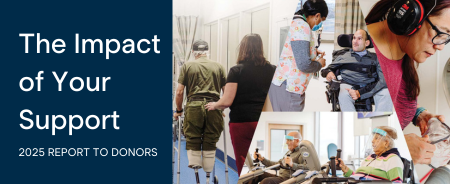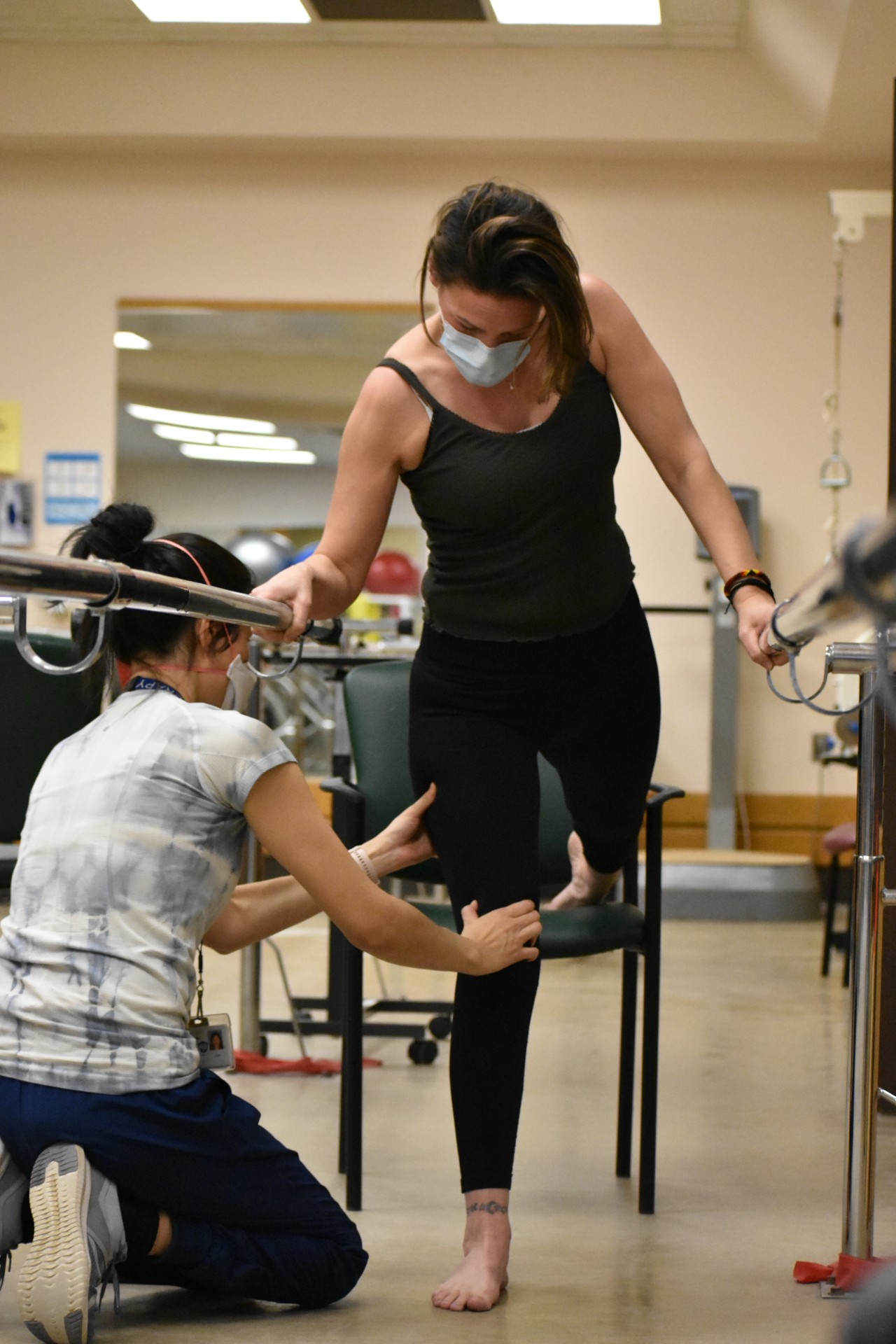
When you know better, you do better
When you know better, you do better.
It’s why research is so important.
100 years ago, Canadian scientist and physician Frederick Banting, won the Nobel Prize in Medicine for his co-discovery of insulin and its therapeutic potential.His discovery would save the lives of millions of people with diabetes in Canada and around the world.
A century after Banting’s remarkable breakthrough however, diabetes continues to extract an enormous toll on the health and well-being of the world’s population.
In addition to kidney, eye and heart disease, diabetes can also cause nerve damage (or diabetic peripheral neuropathy) which can potentially lead to infection and limb amputation.

In Canada, approximately 7,300 people undergo a diabetes-related lower limb amputation (LLA) every year.
West Park Healthcare Centre has long established itself as a leader in amputee services and today delivers the largest in-patient amputee rehabilitation service in Canada.
Indeed, such is its rich history, that it was to West Park that Terry Fox visited to repair his right prosthetic leg which had become damaged during his 1981 Marathon of Hope.
And while West Park’s amputee service continues to transform the lives of over 2,000 patients a year, we remain focused on improving the health outcomes of our patients at West Park and around the world by leading research to develop best practices and make the health system work better locally.
An excellent example of this credo in action is the leadership demonstrated by West Park’s Research Scientist Dr. Crystal MacKay.
In 2021, at the peak of the pandemic lockdowns, Dr. MacKay worked with her colleagues around Canada to set a research agenda on physical activity for people with lower limb amputations across the country. This virtual consensus conference identified several key questions to improve health outcomes in the recovery of people who had a lower limb amputation (LLA). A high priority was to develop and test a peer support intervention to promote physical activity in people with dysvascular LLA.
While the physiological, psychological and social benefits of physical activity are well established, there are gaps in our understanding of effects of exercise or physical activity interventions for adults with LLA, particularly for individuals with dysvascular LLA.
Individuals with LLA due to diabetes, or other vascular disease, often have comorbidities, including higher rates of cardiovascular disease than the general population. They are at risk of amputation in the contralateral limb and have a high (30%) mortality rate at one year.
However, to date no studies have assessed what a peer-led physical activity behaviour change intervention could achieve for people with LLA.
To address this gap, Dr. MacKay and a team of clinical researchers, clinicians and people with LLA co-created a physical activity intervention called IMproving Physical Activity through Coaching and Technology following Lower Limb Loss (IMPACT-L3), to support physical activity behaviour change in people with dysvascular LLA.
“If we don’t continually improve…we don’t just stay the same...we actually fall behind. If you want it to be better, then let’s be that change. As the author Maya Angelou wrote: ‘when you know better, you do better.’ By integrating care, research, and education, we will know better and, consequently, we will do better for our patients. And that’s what drives and inspires me.”
–Dr. Crystal MacKay
To assess the feasibility of conducting a definitive randomized controlled trial (RCT), Dr. MacKay and her team will conduct a pilot RCT. The intervention group will have access to once-weekly virtual peer coaching sessions with a gender and level of amputation-matched peer trained in brief action planning; a web-based physical activity toolkit; and a wearable activity monitor for 12 weeks. Participants will be recruited from multiple sites across the country as a result of the collaborations Dr. MacKay has been able to build.
Having set the agenda and successfully led the research team through a highly collaborative process, Dr. MacKay subsequently applied for CIHR (Canadian Institutes of Health Research) grant funding. Navigating an intensely competitive and multi-stage review process, Dr. MacKay’s application was one of 1,799 grants submitted, which was reviewed and shortlisted and shortlisted again; ultimately to a final scoring in which Dr. MacKay’s proposal was awarded first place in her peer review committee.
Dr. MacKay’s first place research application is yet another first. In living memory, there has not been a rehabilitation research grant that was ranked number one by this panel.
It is an excellent example of West Park’s bench strength as a specialty hospital driving a collaborative research agenda and establishing consensus across multiple disciplines and multiple program sites.
It’s another first for Canadian scientific research, and, just like Banting, has the potential to not just improve the lives of Canadians, but could positively impact anyone, anywhere, living with a lower limb amputation and help them get their lives back.



